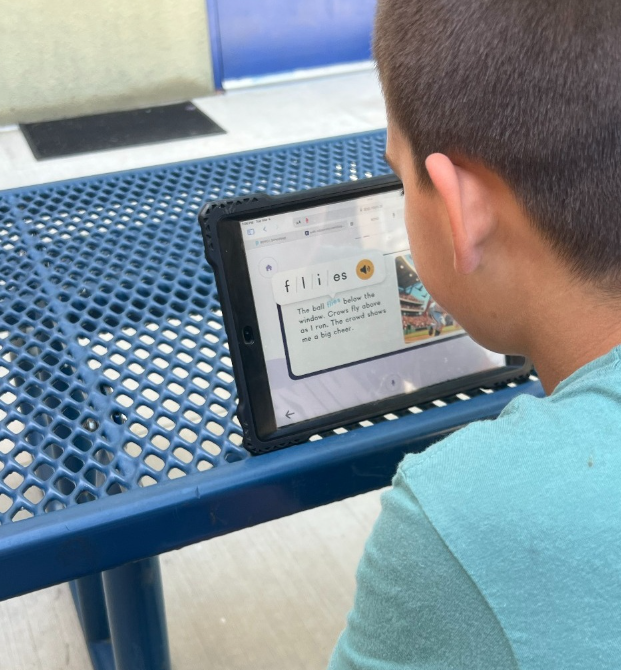Not All EdTech Is Created Equal: How to Choose Tools That Actually Build Reading Skills
Walk into any classroom today and you will see screens everywhere. Students use tablets during independent work, teachers project digital lessons, and devices are woven into nearly every part of the school day. This shift has happened quickly, and many educators are still asking an important question: are these screens actually supporting learning, or are they sometimes getting in the way?
The answer, according to decades of research, is that technology can absolutely help, but only when it is designed and used in ways that align with how children really learn. Simply adding devices does not guarantee better outcomes. In some cases, screens can even make learning harder. But when they are used intentionally and grounded in evidence about how the brain learns to read, they can strengthen instruction and accelerate progress.
Decades of research have given us a clear understanding of how children become skilled readers. They need explicit instruction, plenty of opportunities to practice, and meaningful chances to apply what they are learning. The question, then, is not whether technology can replace those things, but how it can support and strengthen them.
What the Research Says About Technology in Reading Instruction
Research shows that technology can enhance reading instruction when it is used thoughtfully. Digital tools can give students more opportunities to practice skills they are working on in class, which builds accuracy and automaticity. They can adjust the level of challenge so students work at the right pace, which keeps motivation and confidence high. They can also help teachers by organizing student performance data in ways that make it easier to plan small-group lessons or target specific needs.
Most importantly, studies consistently find that technology works best when it builds on what is already happening in direct instruction. In other words, technology should strengthen teaching, not try to replace it.
Passive vs. Active Technology
A key takeaway from decades of literacy research is that how technology is used matters more than the fact that it is used at all. Passive tools, ones where students simply watch, listen, or click through content, rarely lead to meaningful learning. They might entertain students, but they do not help them build reading skills.
Active, science-aligned technology looks very different. It engages students in the actual work of reading, such as sounding out words, applying phonics knowledge, and practicing the skills they are learning with purpose. It also connects to a clear instructional sequence instead of presenting isolated tasks.
Economist Emily Oster recently made this point in an article on classroom technology, noting that the presence of screens is not the real issue. What matters is how those screens are used. Simply putting a device in a child’s hands does not guarantee learning. The design and purpose of the tool determine whether it helps or hinders reading growth.
How ROYO Fits Into This Picture
ROYO was built around these same principles. Every part of the platform is grounded in what research tells us about how children learn to read. It gives students structured, decodable practice and adapts to their level to keep them progressing. It emphasizes active engagement and provides teachers with useful data to guide instruction. Because it is designed to complement classroom teaching, it strengthens the work that is already happening instead of trying to replace it.
The Bottom Line
Technology by itself does not teach children to read. When it is aligned with the science of reading and used to support high-quality instruction, it can make a meaningful difference. The key is to choose tools that go beyond entertainment and instead help students practice, apply, and grow as readers.
ROYO was created to do exactly that, bringing the science of reading into daily classroom practice in a way that supports teachers and accelerates learning.




